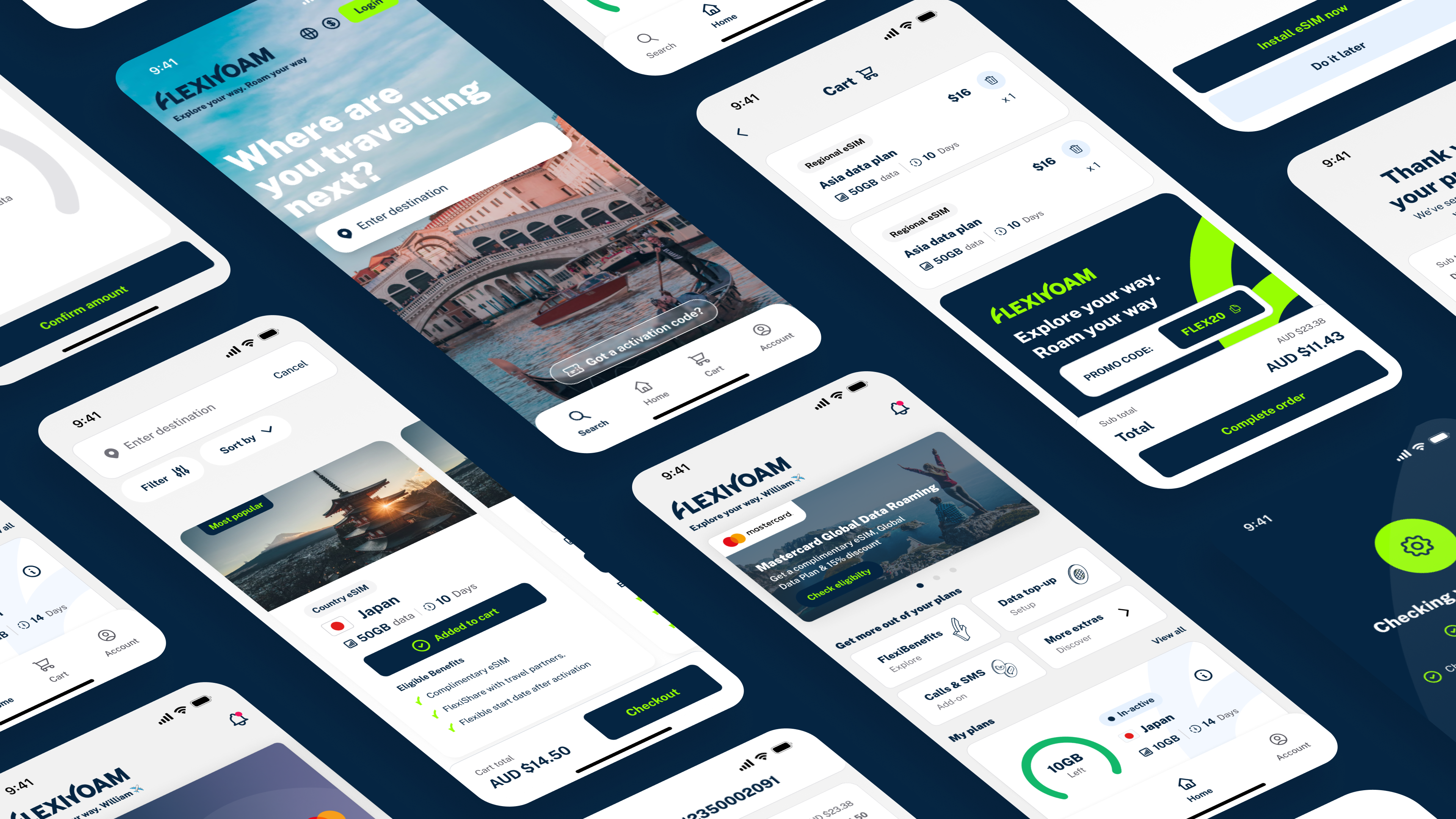How Design Systems Help Businesses Scale and Succeed

Design systems are more than just UI elements—they communicate your brand to the world. They ensure that every digital touchpoint is consistent, making customers feel comfortable and familiar with your products.
By maintaining uniformity across interfaces, design systems reinforce brand trust, enhance user experience, and make interactions seamless across platforms. By investing in a strong design design system, businesses can streamline development, maintain brand integrity, and create intuitive user experiences that scale effortlessly as they grow.
What are design systems?
Design systems are reusable elements in a design system that maintain consistency across digital products. They include UI elements such as buttons, forms, navigation bars, and icons, ensuring a uniform look and feel while improving development efficiency.
Why design systems matter for businesses
Brand consistency: A well-defined design system ensures a cohesive brand experience across all digital touchpoints.
Scalability: Easily adaptable to new products and features, enabling business growth without extensive redesigns.
Cost efficiency: Reduces the time and effort spent on designing and coding repetitive UI elements.
Collaboration: Creates a shared language between designers, developers, and business stakeholders, streamlining workflows.
Faster time-to-market: Accelerates the launch of new products and features by leveraging pre-built components.
What businesses need design systems
Not all businesses may realise the benefits of implementing a design system, but those that operate in digital environments or manage multiple products can greatly benefit. Companies in industries such as fintech, e-commerce, SaaS, and enterprise software rely on consistency and scalability in their user interfaces. A design system helps these businesses streamline design and development, ensuring efficiency and a cohesive brand experience.
When should businesses implement a design system?
Businesses at different growth stages will benefit from design systems in unique ways:
Startups: While early-stage companies may not need a full-fledged design system, establishing UI consistency from the start prevents future rework and scalability issues.
Scale-ups: As businesses expand their product offerings and enter new markets, a design system becomes essential for maintaining consistency across multiple teams and platforms.
Enterprise-level organisations: Companies operating at scale benefit from a design system by reducing inefficiencies, enabling faster product iterations, and improving brand coherence across global markets.
A well-timed investment in a design system ensures businesses can scale efficiently while maintaining a high-quality user experience.
How different industries benefit from design systems
Education: Universities and e-learning platforms can maintain a consistent and accessible interface across multiple courses and apps.
Technology: SaaS companies use design systems to quickly scale products while ensuring usability across global markets.
Travel: Travel and hospitality platforms maintain consistent booking and customer experiences across web and mobile.


Wise: a best-in-class example
Wise (formerly TransferWise) has set a benchmark in building and maintaining a scalable design system. Their Wise Design system is a prime example of how businesses can create a structured and adaptable component library to enhance customer experiences.
Scalability: Wise’s system enables seamless updates and integrations across multiple platforms.
Consistency: Ensures a unified brand identity across web and mobile applications.
Efficiency: Helps their teams roll out new features faster by reusing well-documented components.
Accessibility: Focuses on making their interface inclusive and easy to use for all customers.
The three pillars of a design system
Foundations
A strong design system starts with well-defined foundations that establish the core principles of design consistency and usability.
Colour palette: Defines primary, secondary, and tertiary colours for brand consistency.
Typography: Standard fonts and type styles for readability and hierarchy.
Spacing & grids: Consistent margins, paddings, and grid structures.
Icons & imagery: A library of commonly used visuals that align with brand identity.
Components
Components are the building blocks of a design system, ensuring consistency and reusability across interfaces.
Basic UI elements: Buttons, input fields, and navigation components.
Complex components: Modular elements such as cards, tables, and form sections.
Scalability: Ensuring components can be adapted across different screens and use cases.
Patterns
Patterns define how components interact with each other to create intuitive user experiences.
Navigation patterns: Menu bars, breadcrumbs, and tabs for structured movement.
Form patterns: Standardised form structures with error handling and labels.
Feedback and interactions: Hover effects, error messages, and micro-interactions that enhance usability.
The impact of a robust design design system
A well-structured design system should evolve as a business grows. Over time, additional components and refinements will be necessary to accommodate new features and platforms. Establishing a solid governance structure and maintaining clear documentation ensures the system remains flexible and scalable while avoiding unnecessary complexity.
A well-structured design design system is not just a tool for designers and developers—it’s a strategic business asset. It helps companies:
Reduce costs: Minimise redundant work and development efforts.
Improve time efficiency: Speed up the delivery of new products and features.
Enhance brand identity: Maintain a consistent look and feel across all digital experiences.
Boost customer satisfaction: Ensure a seamless and intuitive user experience that enhances engagement and retention.
For businesses looking to scale and enhance their digital presence, investing in a robust design design system is a game-changer. Wise’s design system is a great example of how structured, scalable, and well-documented components can drive efficiency and growth.
At Studio LDN, we specialise in building and refining design systems that drive efficiency, maintain brand integrity, and improve the overall customer experience.
Contact Studio LDN to discuss a tailored strategy.


